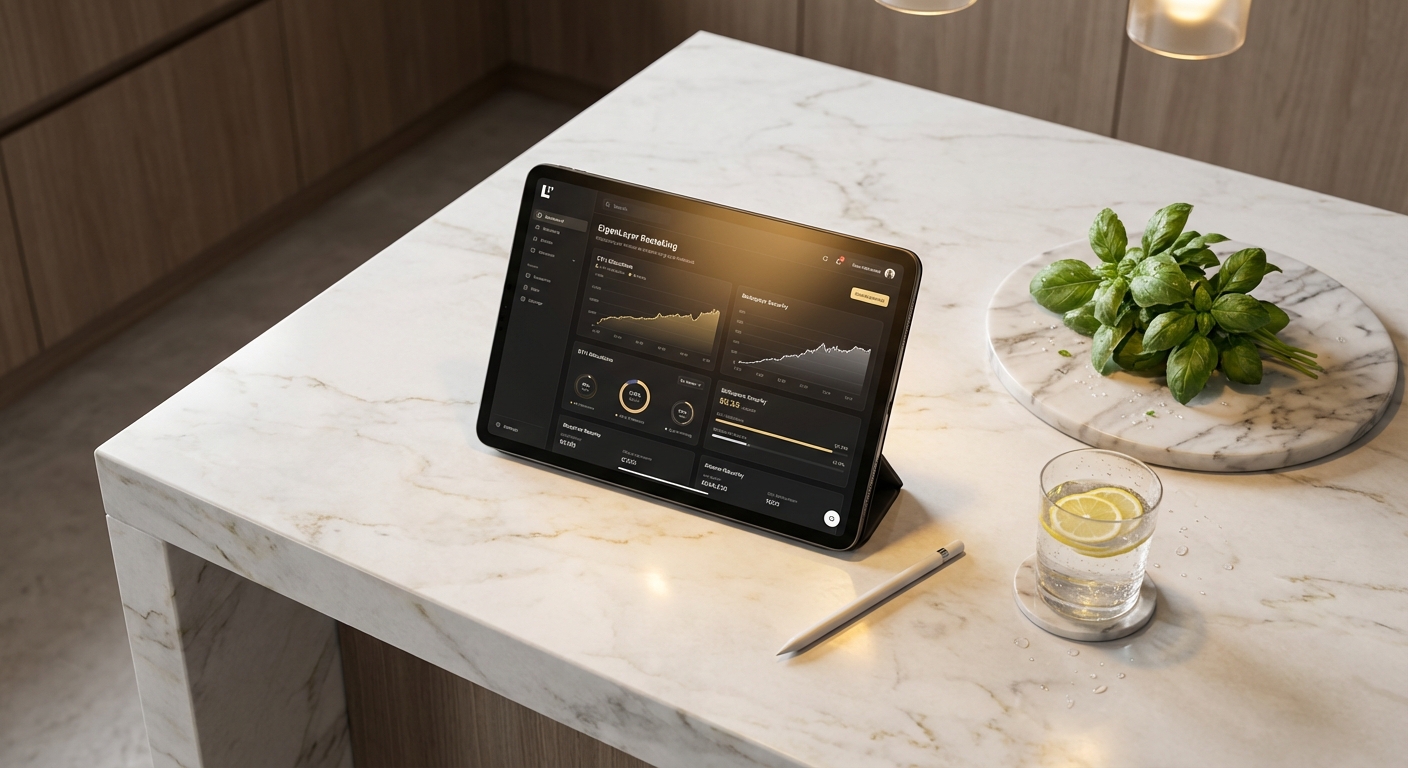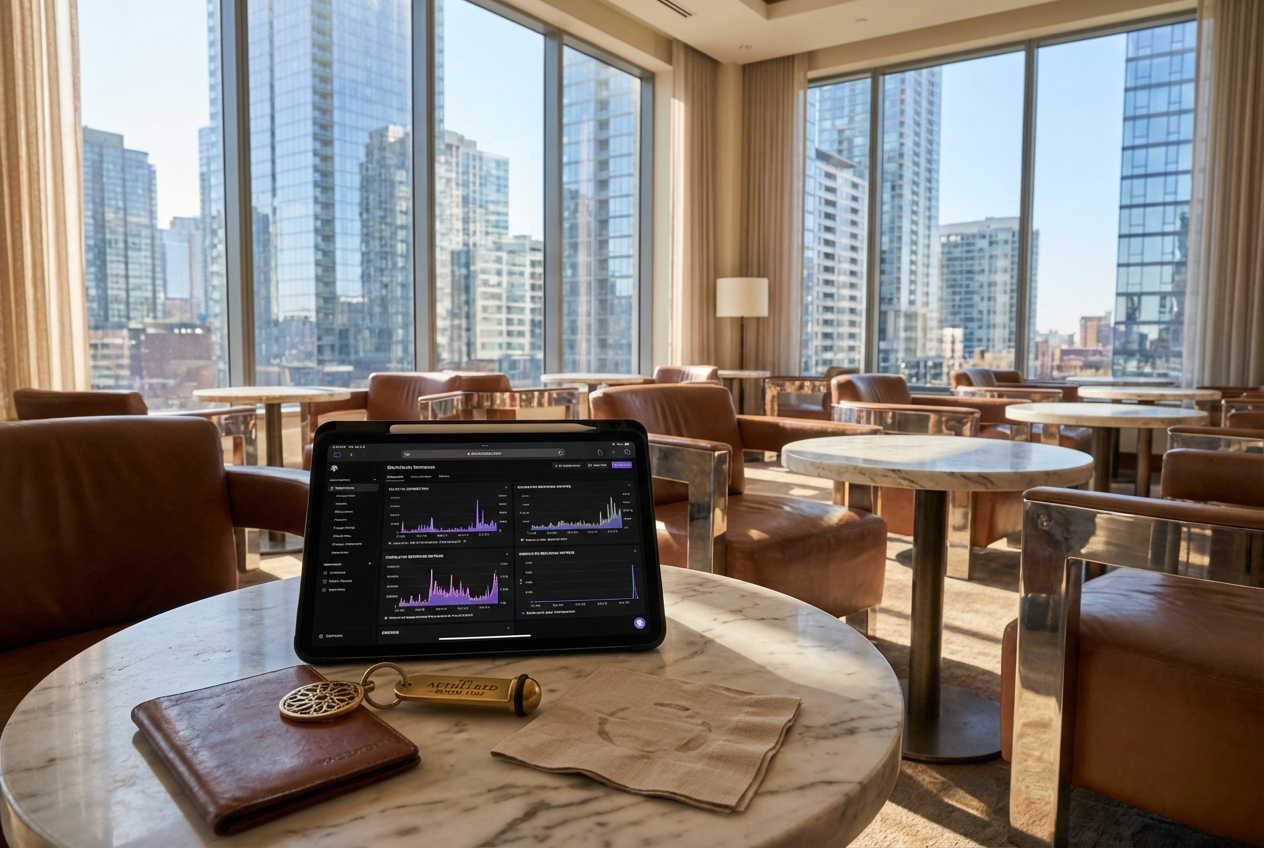
Integrating Celestia’s data availability (DA) layer with rollups is quickly becoming one of the hottest topics in modular blockchain architecture. If you’re building a rollup or simply tracking the evolution of Ethereum scaling, understanding how Celestia fits into the stack is crucial. As of today, Celestia (TIA) is trading at $1.71, and its innovative DA solution is making waves across the L2 landscape by promising lower costs, improved scalability, and new design patterns for decentralized applications.
Why Integrate Celestia’s DA Layer with Rollups?
The traditional approach for rollups has been to post transaction data directly to Ethereum, which ensures security but comes with high costs and limited throughput. Celestia flips this model by offering a modular DA layer that separates consensus from execution. This means rollups can post their transaction “blobs” to Celestia blocks after passing data availability checks, slashing data posting expenses by up to 95% compared to legacy solutions (source).
“Celestia’s modularity lets developers focus on custom execution environments while leveraging a robust, decentralized DA service. ”
By using Celestia as a base layer for DA, projects like AltLayer and Soarchain are already seeing dramatic improvements in scalability and affordability. The ability to decouple execution from data storage unlocks new possibilities for state-heavy dApps, gaming platforms, and even cross-chain bridges.
Top Benefits of Using Celestia DA with Rollups
-
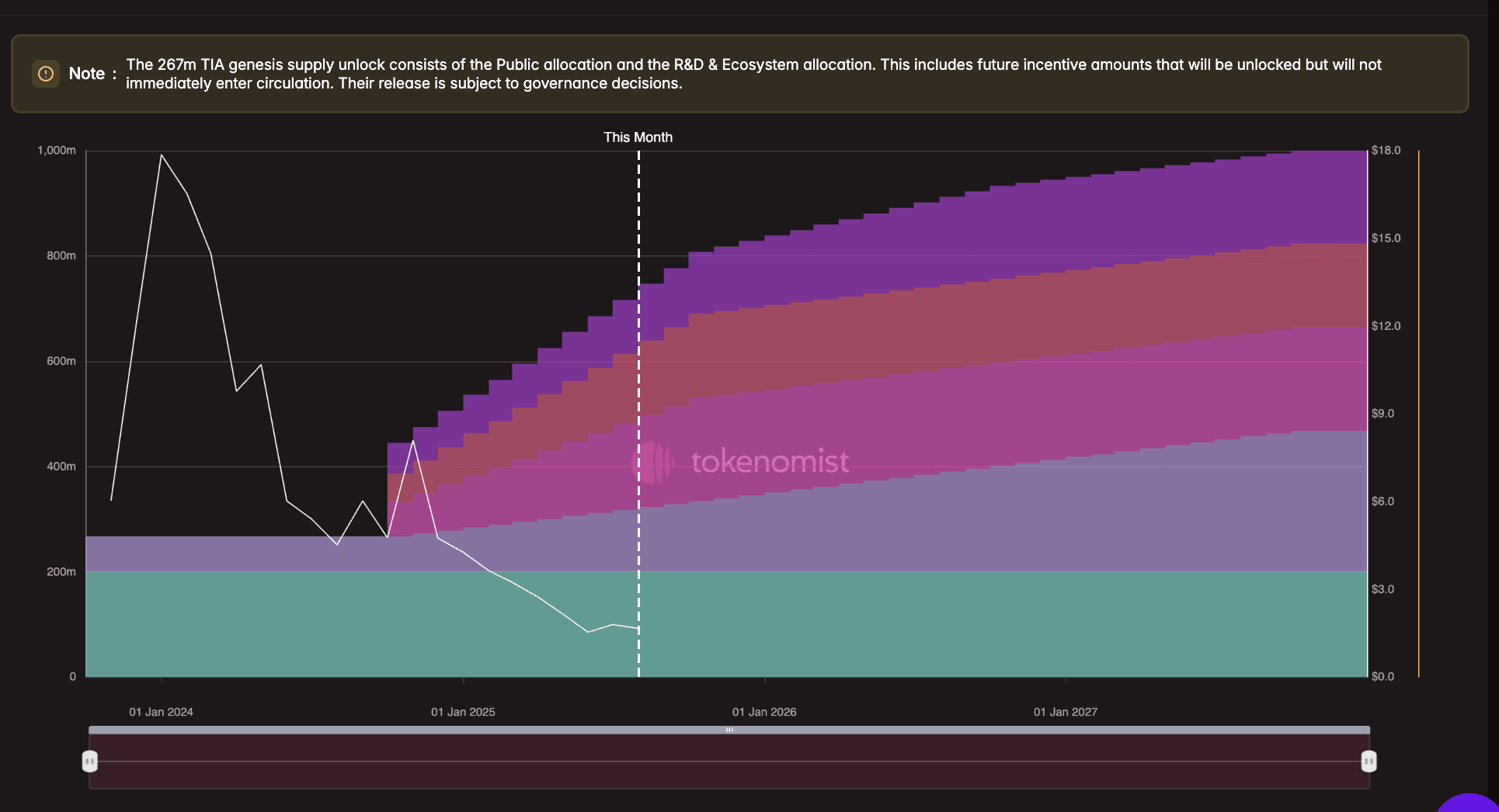
Significant Cost Reduction: Celestia’s DA layer can lower data availability expenses for rollups by up to 95%, making high-throughput and state-heavy applications more affordable to deploy. This is a game-changer compared to traditional data posting methods.
-
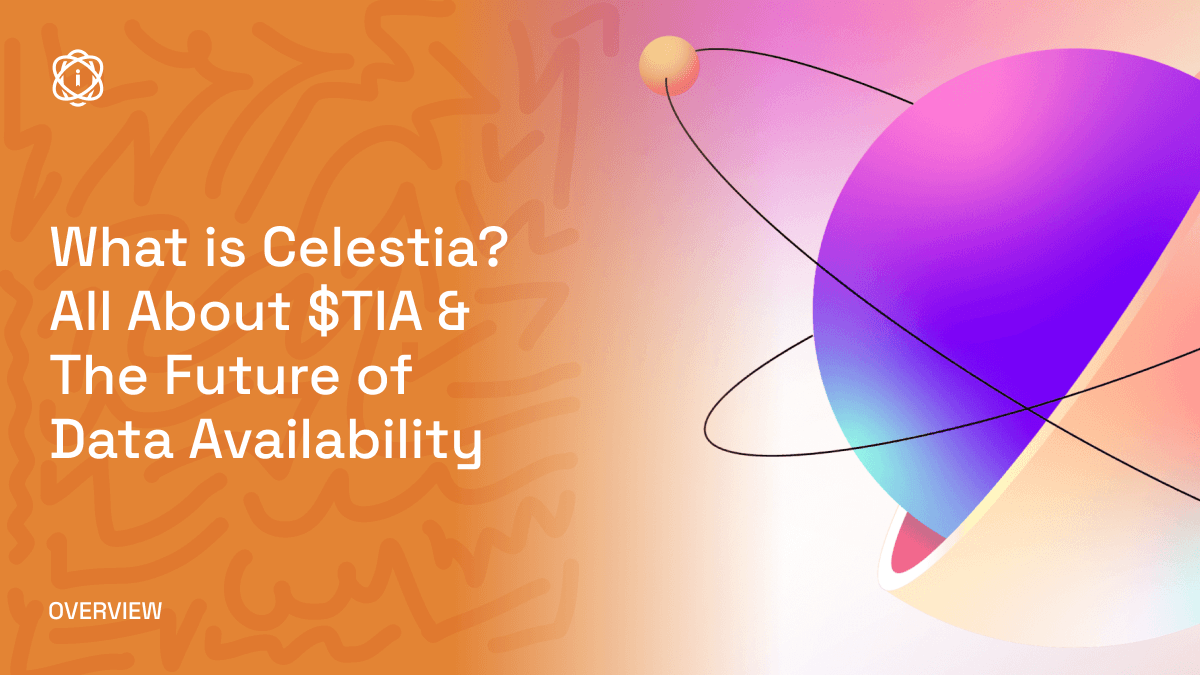
Enhanced Scalability: By decoupling consensus and data availability from execution, Celestia enables rollups to scale more efficiently. This modular approach supports a higher volume of transactions without sacrificing security or decentralization.
-
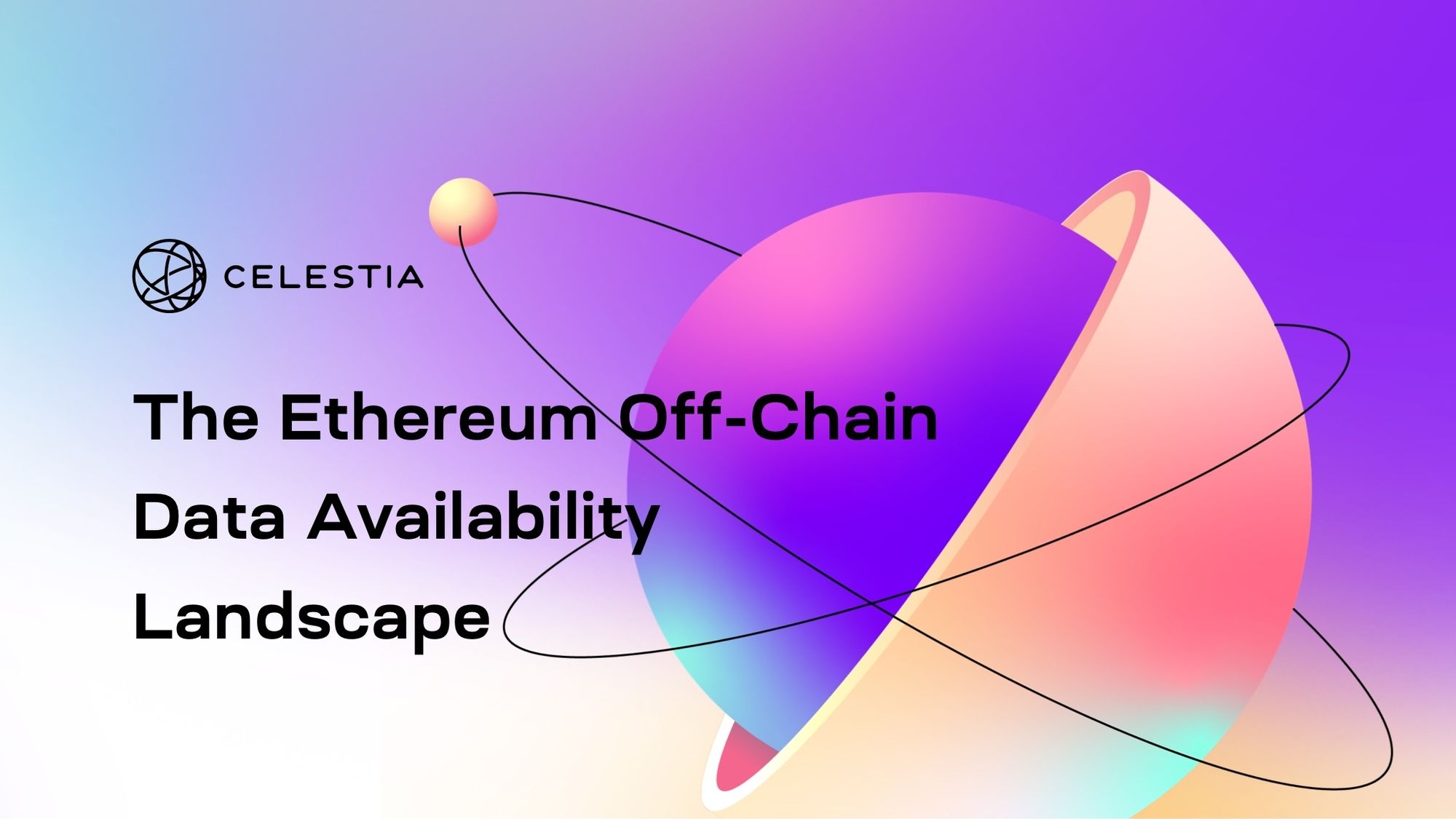
Efficient Data Verification with DAS: Celestia leverages Data Availability Sampling (DAS), allowing light nodes to verify large datasets without downloading the entire blockchain. This keeps the network decentralized and accessible to more participants.
-
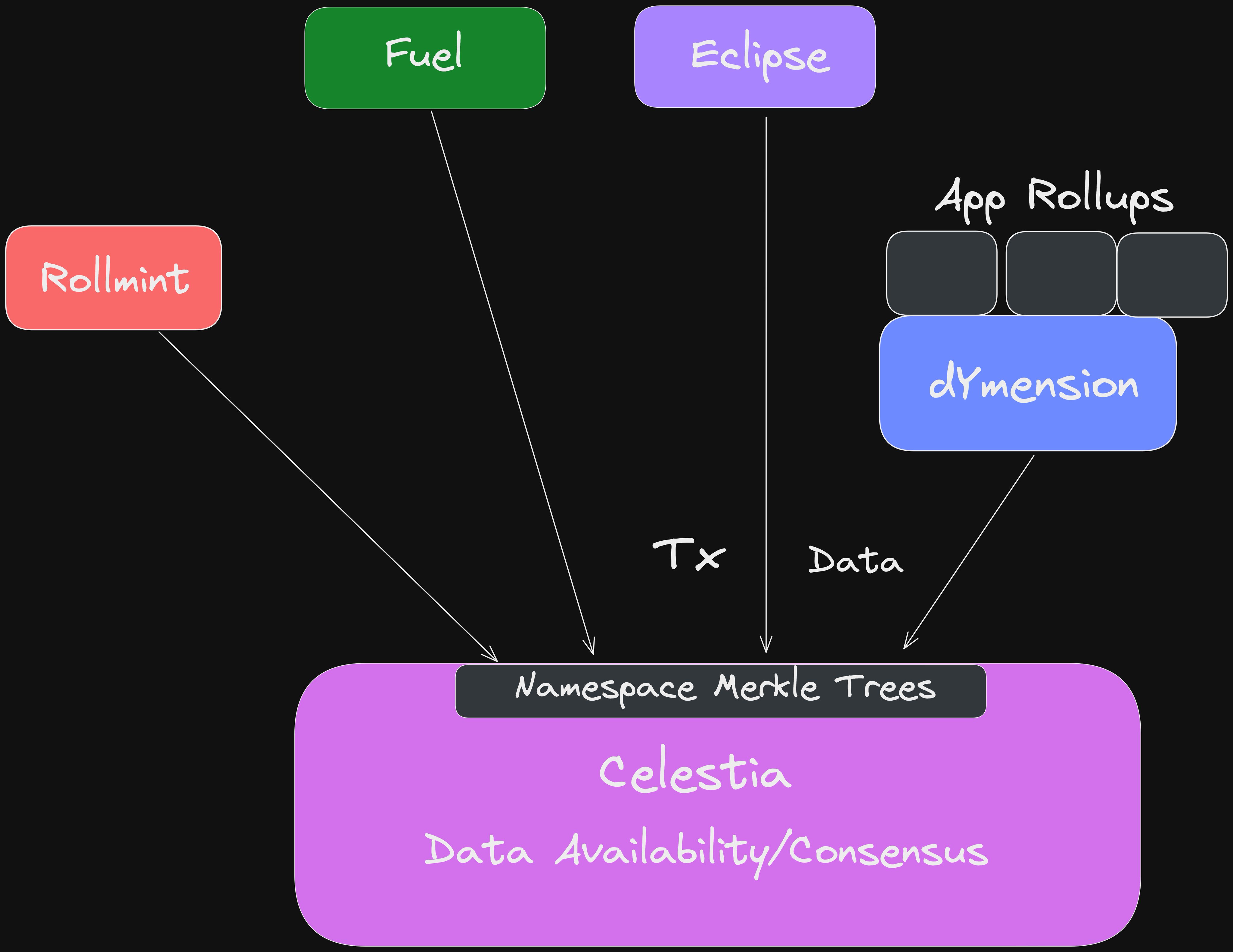
Improved Data Isolation via NMTs: Celestia’s Namespaced Merkle Trees (NMTs) let rollups isolate and retrieve only their relevant data, boosting efficiency and reducing unnecessary data processing.
-
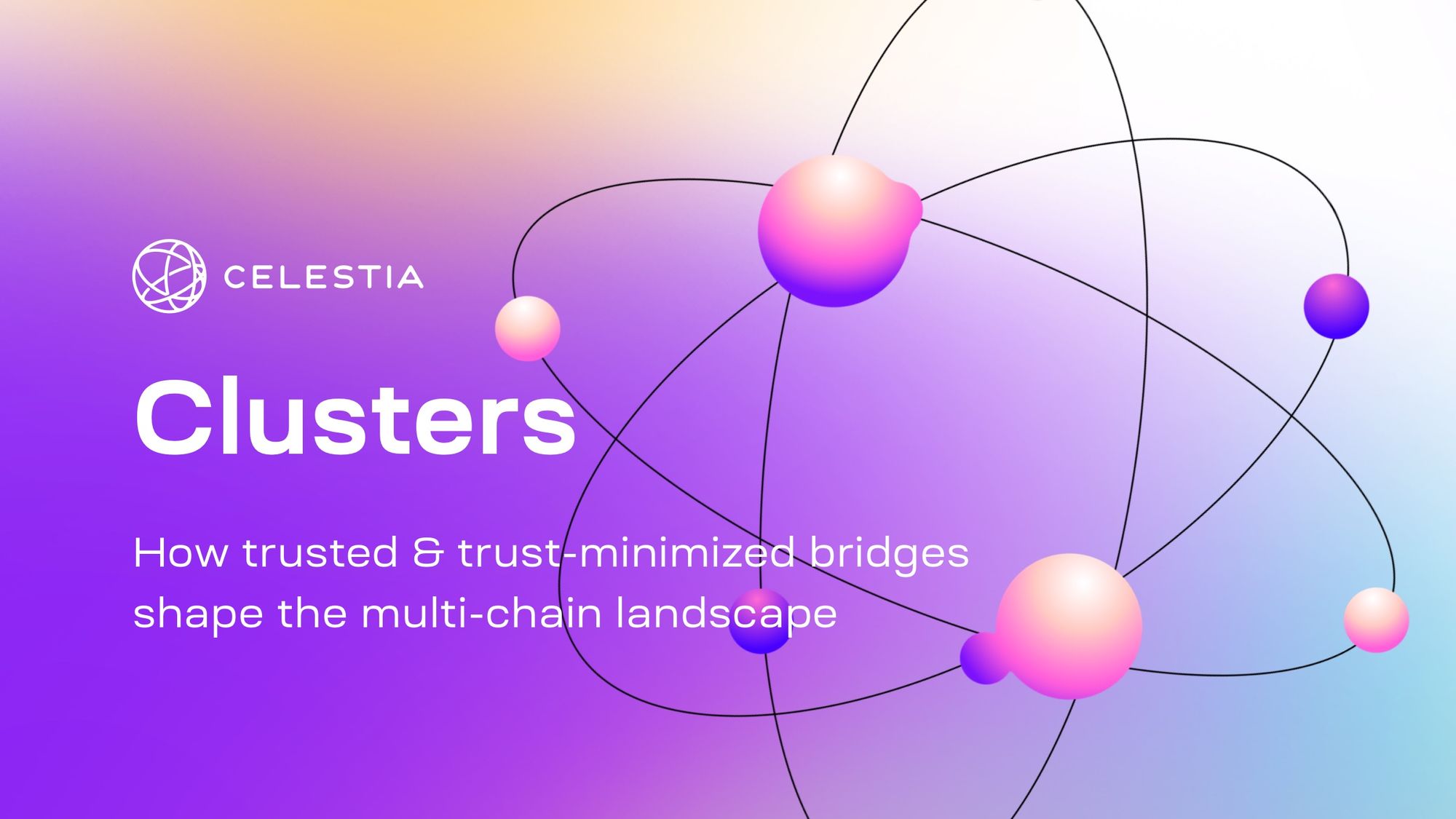
Greater Flexibility and Interoperability: Integrating with Celestia allows developers to create custom rollup execution environments while relying on a secure, shared data availability service. This fosters cross-chain compatibility and innovation across the modular blockchain ecosystem.
How Does It Work? A Look Under the Hood
Celestia leverages two core innovations: Data Availability Sampling (DAS) and Namespaced Merkle Trees (NMTs). DAS allows light nodes to verify that large amounts of rollup data are available without downloading every byte – an essential feature for maintaining decentralization as block sizes grow. NMTs let each rollup isolate its own namespace within a block, so it can efficiently retrieve only its relevant blobs (source).
The integration process is becoming more developer-friendly too. Guides like Celestia’s OP Stack tutorial walk through deploying an OP Stack devnet that posts directly to the Mocha testnet using open-source tooling such as roll-op and op-plasma-celestia. This modular approach makes it easier than ever for teams to experiment with custom execution layers while relying on Celestia for secure DA.
The Upside: Cost Savings, Scalability and Flexibility
The biggest win from integrating Celestia’s DA layer with rollups is cost reduction. Data availability has historically been the bottleneck – both technically and financially – for scaling blockchains. By offloading blobspace onto Celestia at a fraction of Ethereum’s price point (again, TIA sits at $1.71 today), developers can build high-throughput applications without sacrificing decentralization or security.
This architecture also brings newfound flexibility: teams can design their own virtual machines or execution engines tailored to specific use cases while tapping into a shared pool of available data secured by Celestia’s Proof-of-Stake chain (built using Cosmos SDK). Interoperability improves too; multiple chains can post blobs side-by-side on the same DA layer, fostering cross-chain composability (source).
Mainstream Adoption: What Are the Roadblocks?
No innovation comes without hurdles. The most immediate challenge is EVM compatibility – or rather, the lack thereof in native modular stacks like Celestia’s. Developers entrenched in Solidity and Ethereum tooling may face friction when porting dApps or infrastructure over (source). While solutions are emerging (like EVM-compatible modules atop modular stacks), this remains an adoption barrier.
Another consideration is shared security risk. In a modular blockchain ecosystem, the security of every rollup leveraging Celestia’s DA layer is only as strong as the weakest component. If Celestia’s DA mechanism were to falter or become compromised, all dependent rollups could be impacted simultaneously. This risk is not just theoretical – it’s a core design tradeoff of composability and modularity. Careful monitoring and ongoing improvements to Celestia’s consensus and sampling mechanisms are essential for long-term resilience (source).
Despite these challenges, the momentum behind Celestia rollup integration continues to build. The developer community is rapidly expanding, tooling is improving, and new protocols like Blobstream are making it easier for optimistic rollups to prove data availability efficiently. AltLayer’s adoption of Celestia for affordable scaling, Soarchain’s integration for IoT-focused rollups, and projects using OP Stack with Celestia on testnets all point to a vibrant future for modular DA solutions.
Best Practices for Teams Considering Modular Blockchain Integration
If you’re weighing whether to deploy your next rollup on Celestia’s DA layer, here are some actionable tips:
Best Practices for Integrating Celestia DA with Rollups
-
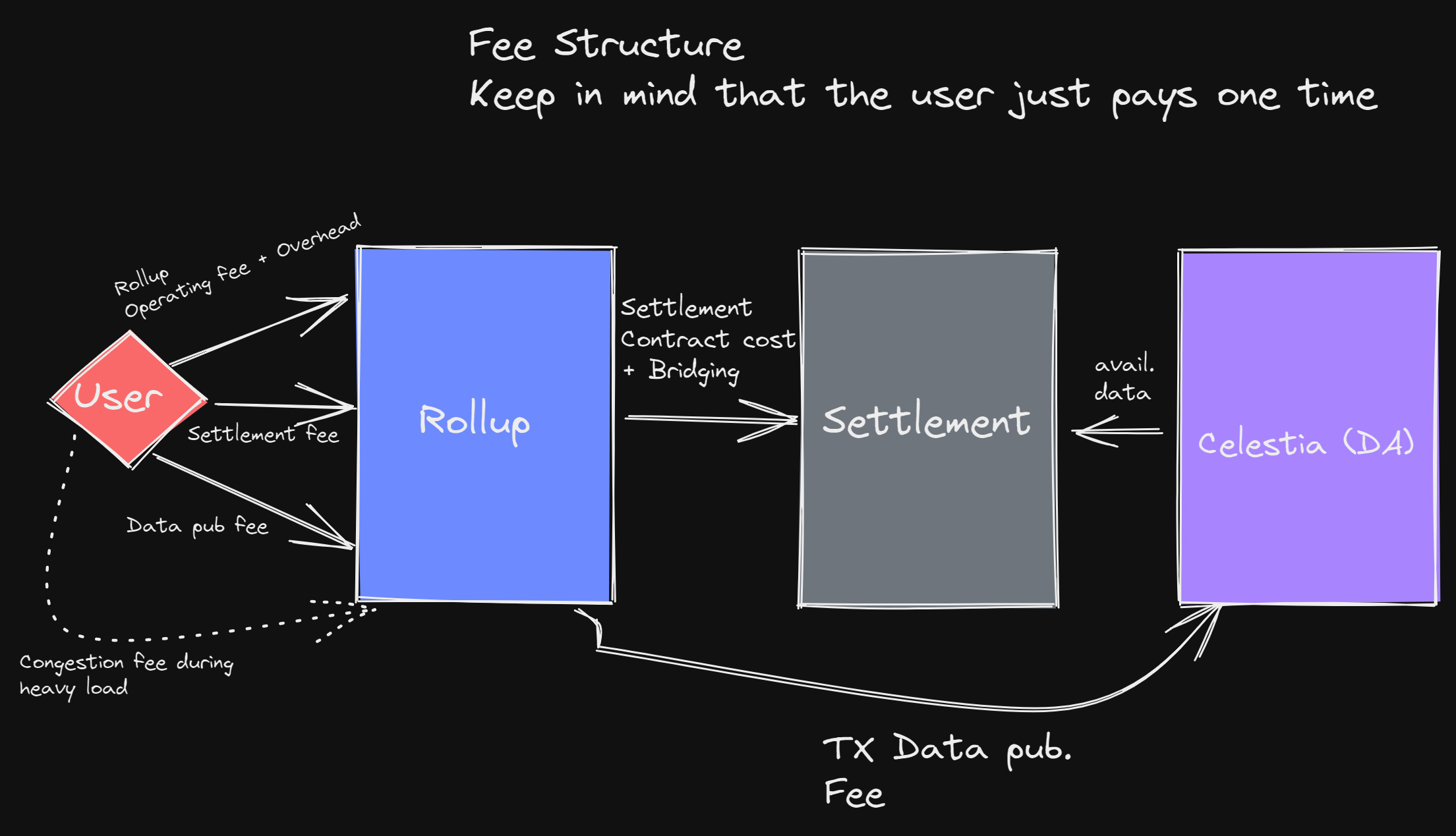
Leverage Data Availability Sampling (DAS) for Light Clients: Use Celestia’s DAS protocol to enable light nodes to verify data availability efficiently, ensuring scalability and decentralization without requiring full node resources.
-
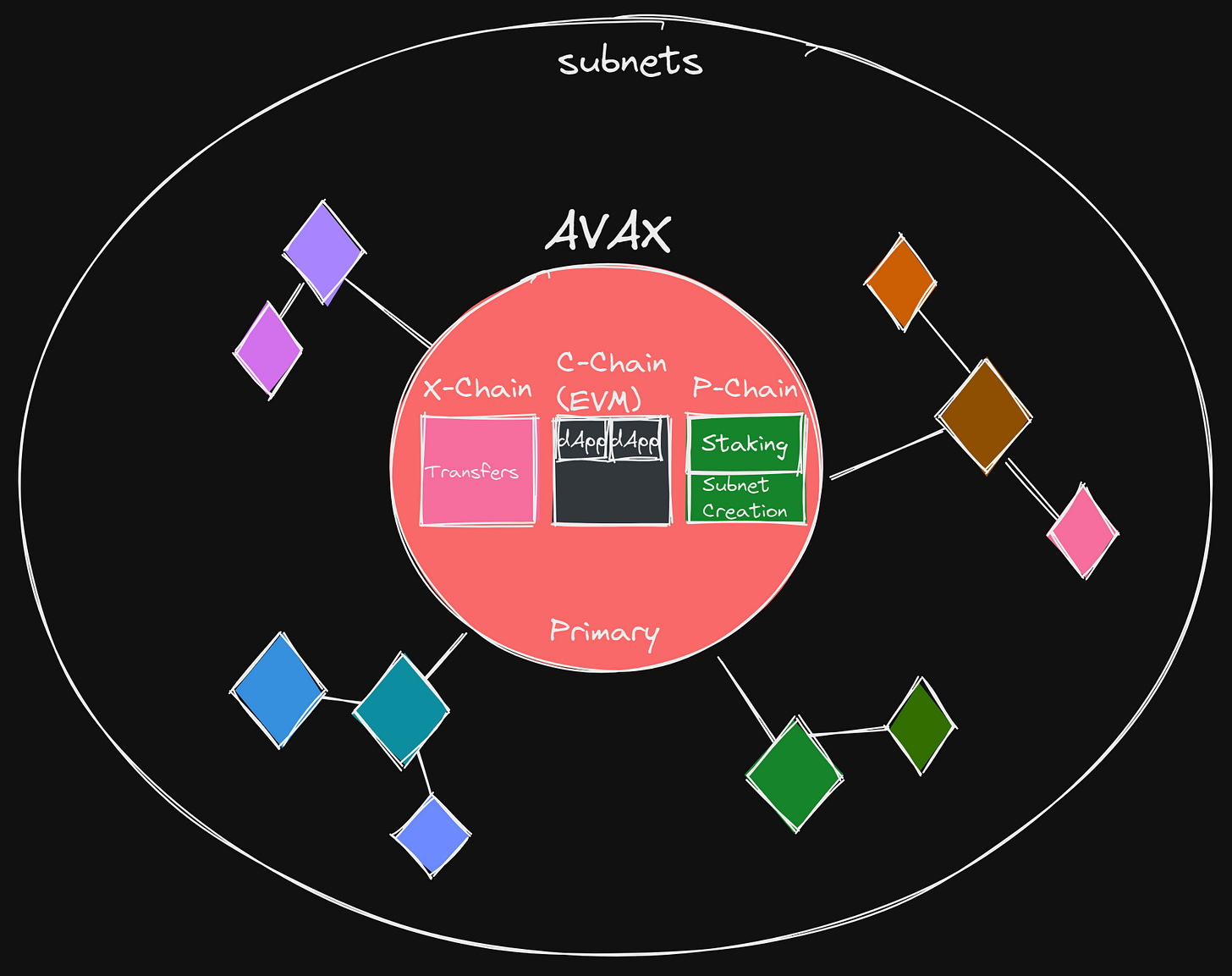
Utilize Namespaced Merkle Trees (NMTs) for Data Isolation: Implement NMTs to allow your rollup to post and retrieve only its relevant data blobs, improving efficiency and reducing unnecessary data overhead.
-
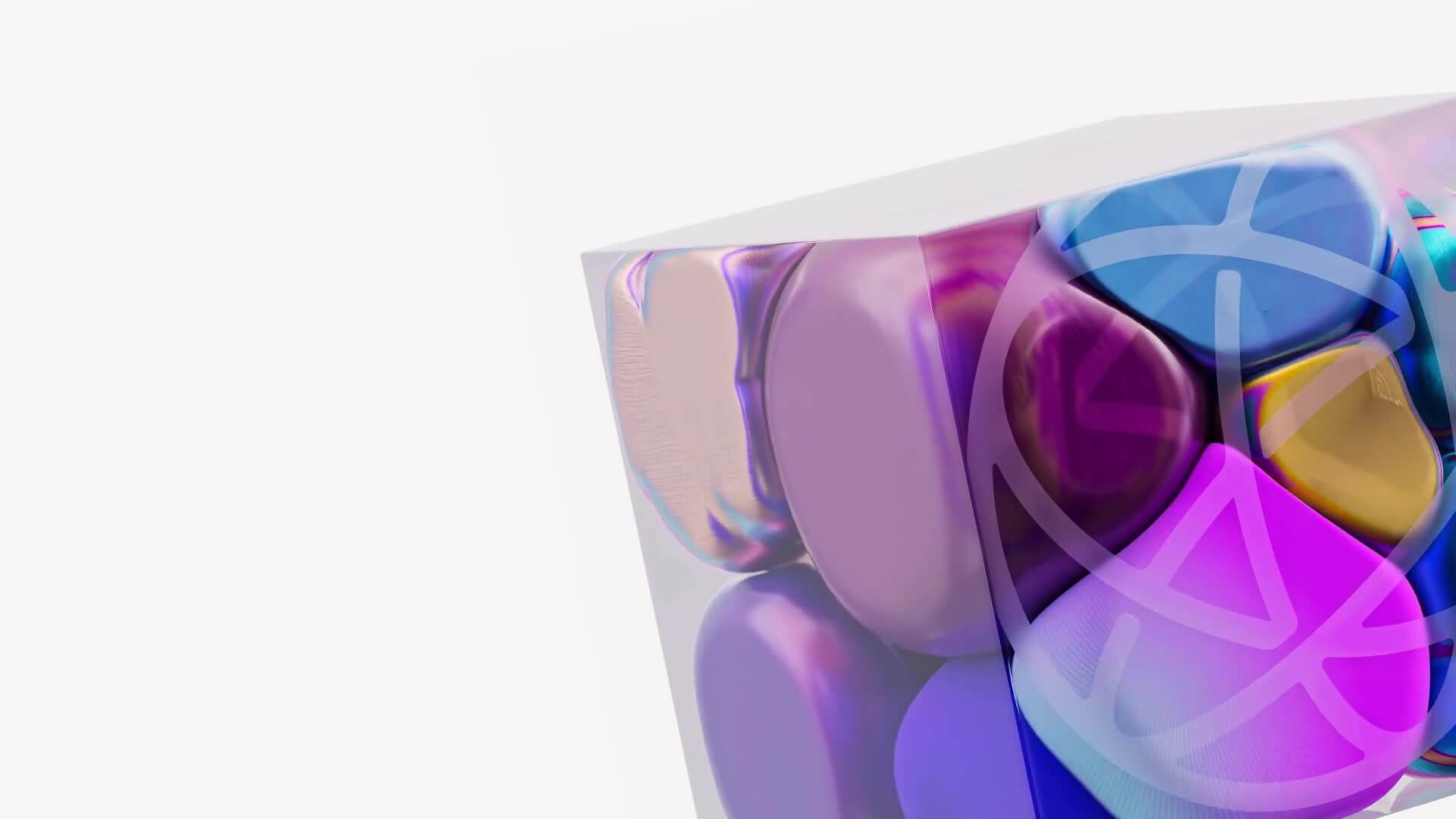
Integrate with OP Stack or Roll-op for Modular Rollups: Follow the official Celestia documentation to deploy OP Stack rollups or use roll-op for seamless data posting to Celestia’s Mocha testnet, streamlining the integration process.
-
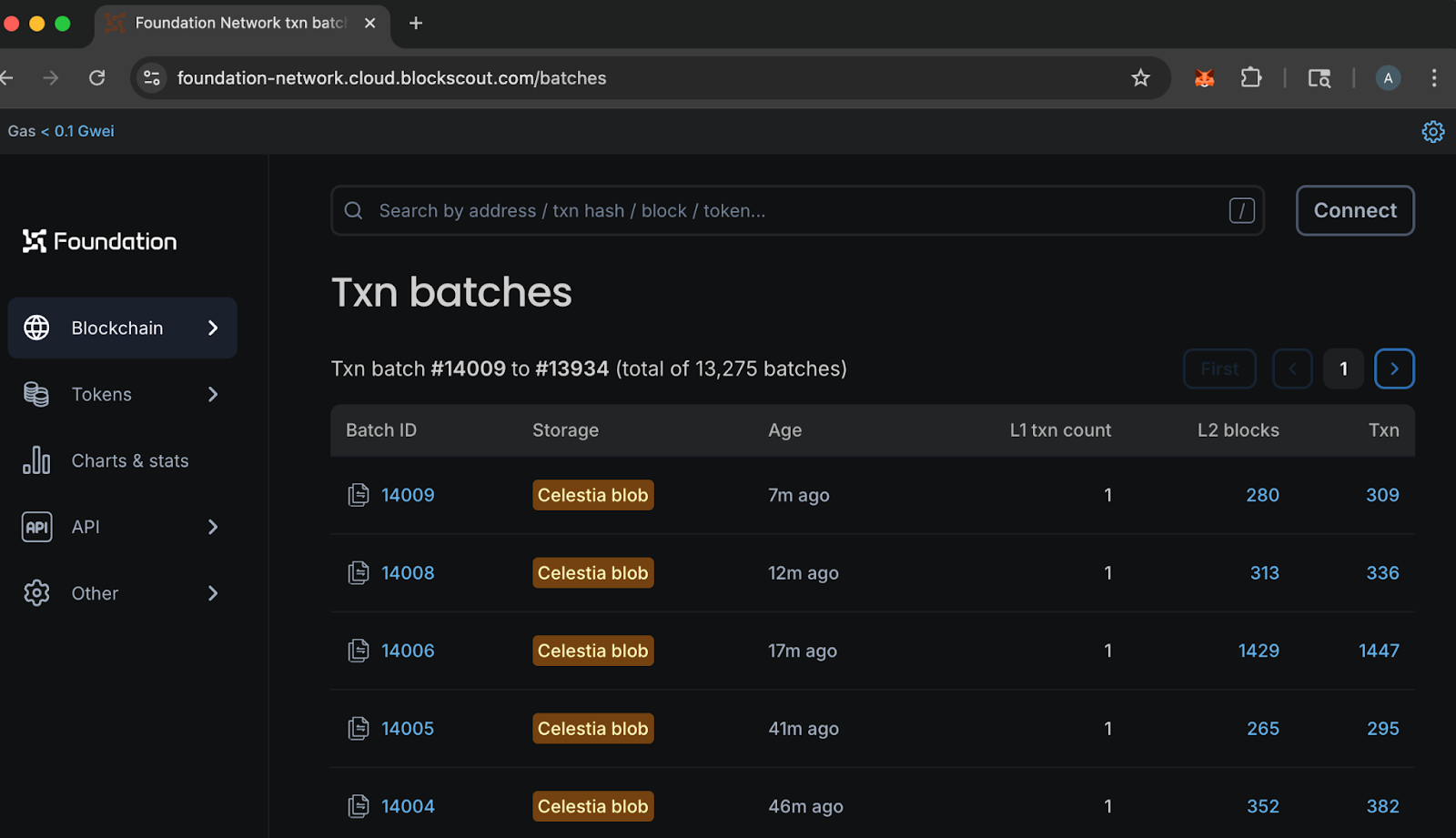
Monitor Celestia’s DA Layer Health and Upgrades: Regularly track the status of Celestia’s DA network and stay updated on protocol changes to ensure your rollup remains compatible and benefits from the latest performance and security enhancements.
-
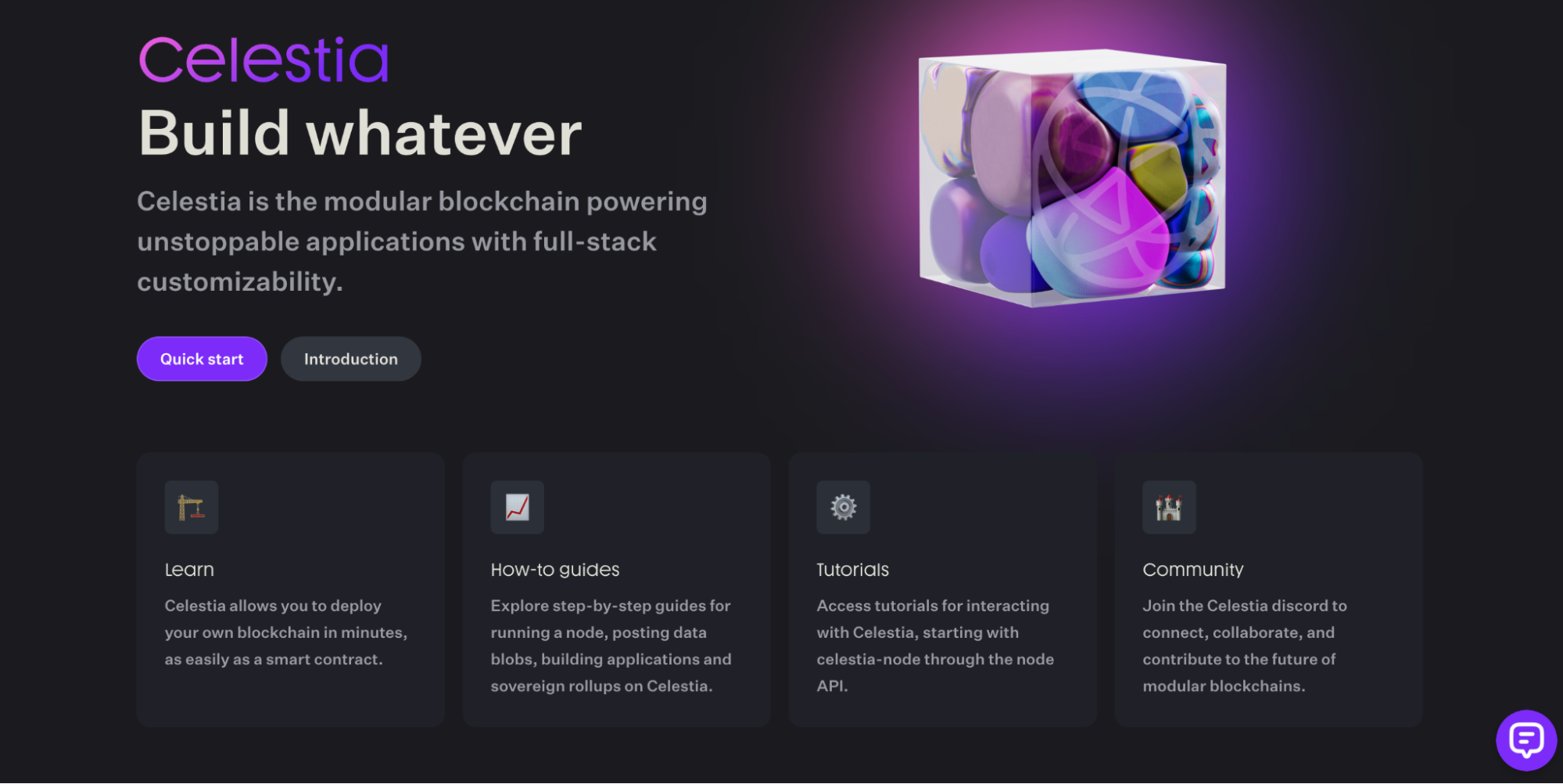
Address EVM Compatibility Gaps: Be aware that Celestia’s modular rollups are not EVM-compatible by default. Consider using tools or bridges that facilitate interoperability with Ethereum-based ecosystems if your rollup requires Solidity support.
-
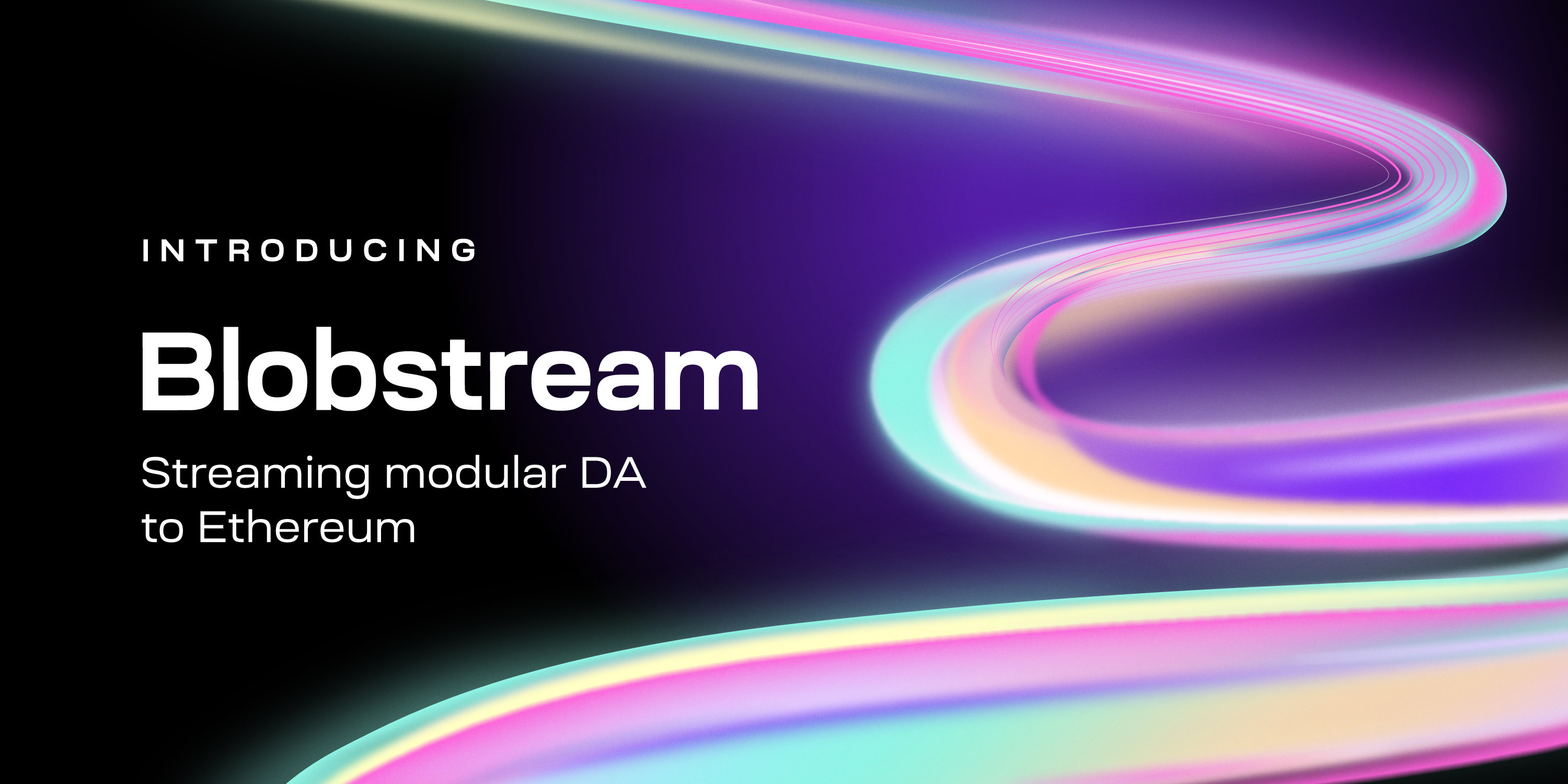
Implement Robust Security Monitoring: Since security is shared in modular stacks, set up monitoring to quickly detect and respond to any issues in Celestia’s DA mechanism that could impact your rollup’s integrity.
-
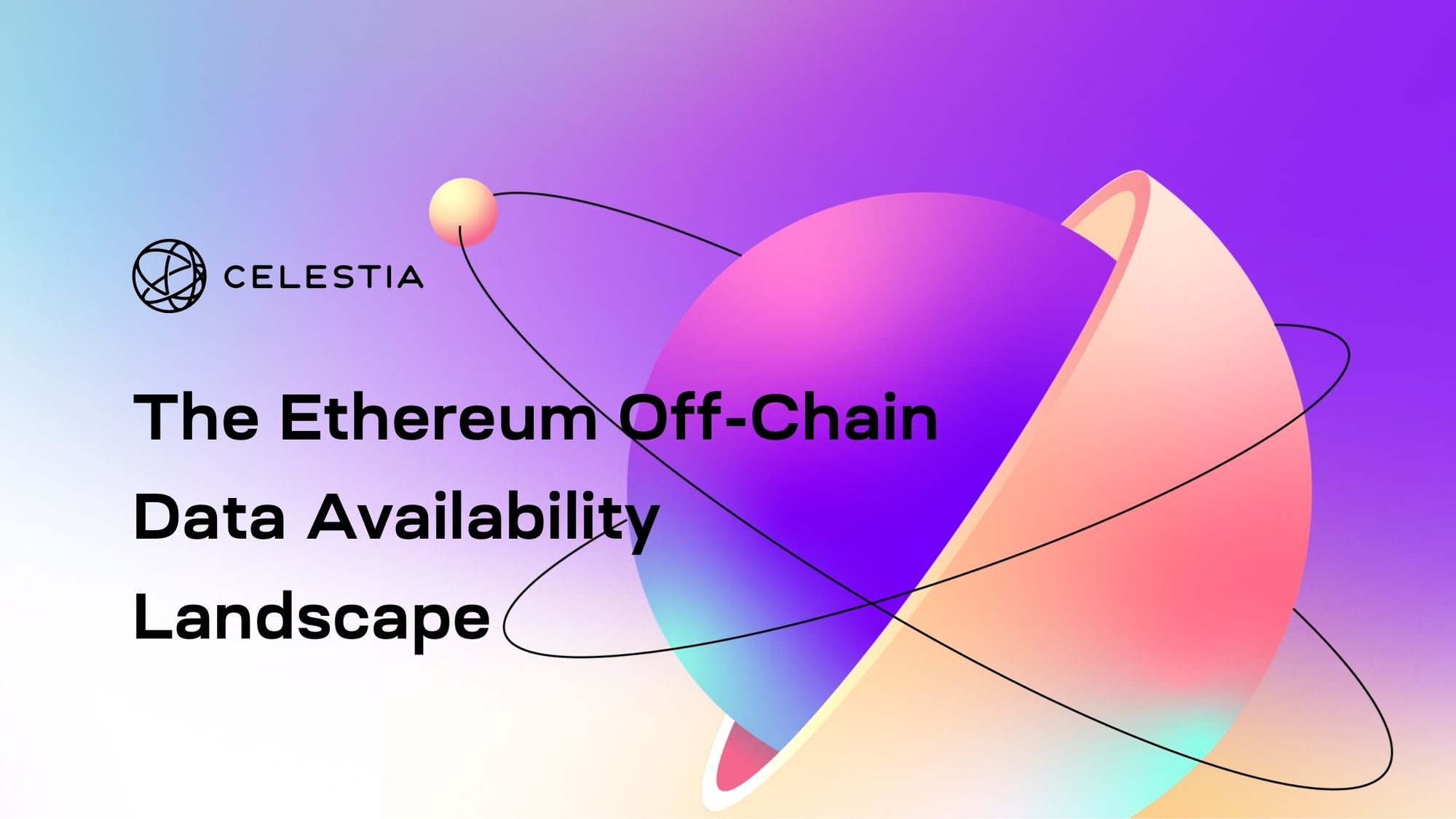
Optimize Data Costs Using Celestia’s Fee Structure: Take advantage of Celestia’s cost-effective DA layer, which can reduce data availability expenses by up to 95% compared to traditional solutions, enabling scalable and affordable rollup deployments. (Current TIA price: $1.71)
1. Assess your compatibility needs: Determine if EVM compatibility is mission-critical or if you can leverage alternative VMs. 2. Plan for shared security: Understand the implications of relying on an external DA layer and implement robust monitoring. 3. Pilot on testnets: Use resources like the Mocha testnet and open-source tools (e. g. , roll-op, op-plasma-celestia) before mainnet deployment. 4. Stay engaged with the community: Participate in forums, Discords, and codebases where best practices evolve quickly.
The current price of Celestia (TIA) remains at $1.71, reflecting both market volatility and growing interest in its role as a foundational piece of the modular blockchain landscape.
The Road Ahead: Innovation at the Edges
The integration of DA layers like Celestia with next-generation rollups isn’t just a technical upgrade – it’s a paradigm shift in how we scale decentralized applications. As interoperability frameworks mature and EVM-compatible modules proliferate, we’ll likely see an explosion of new dApps that were previously cost-prohibitive or technically infeasible on monolithic chains.
The future belongs to those who embrace modularity without losing sight of security fundamentals.




